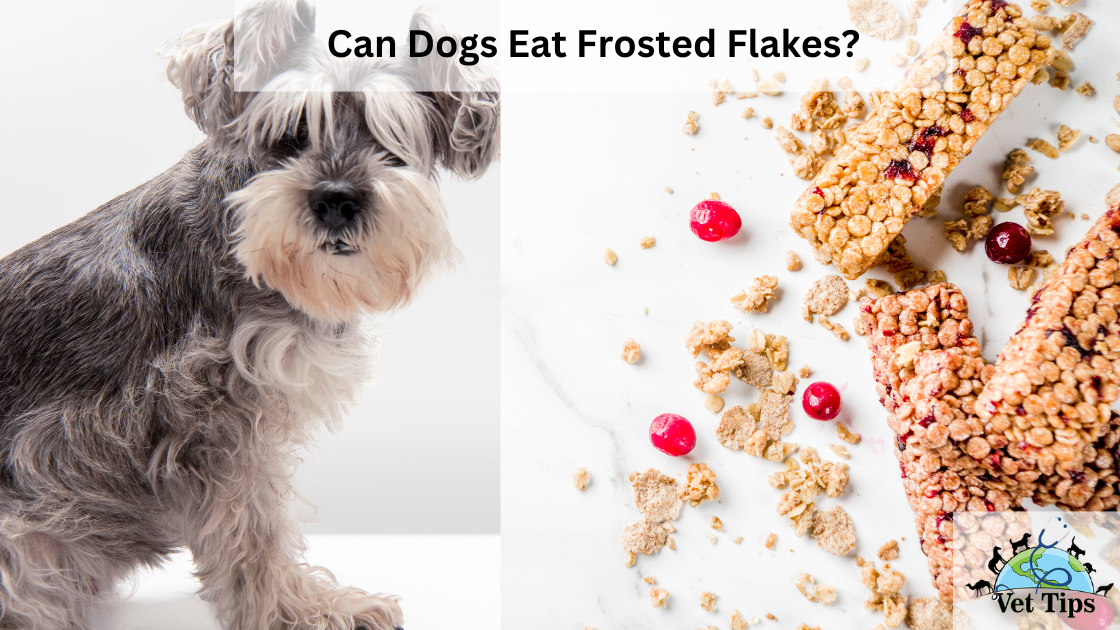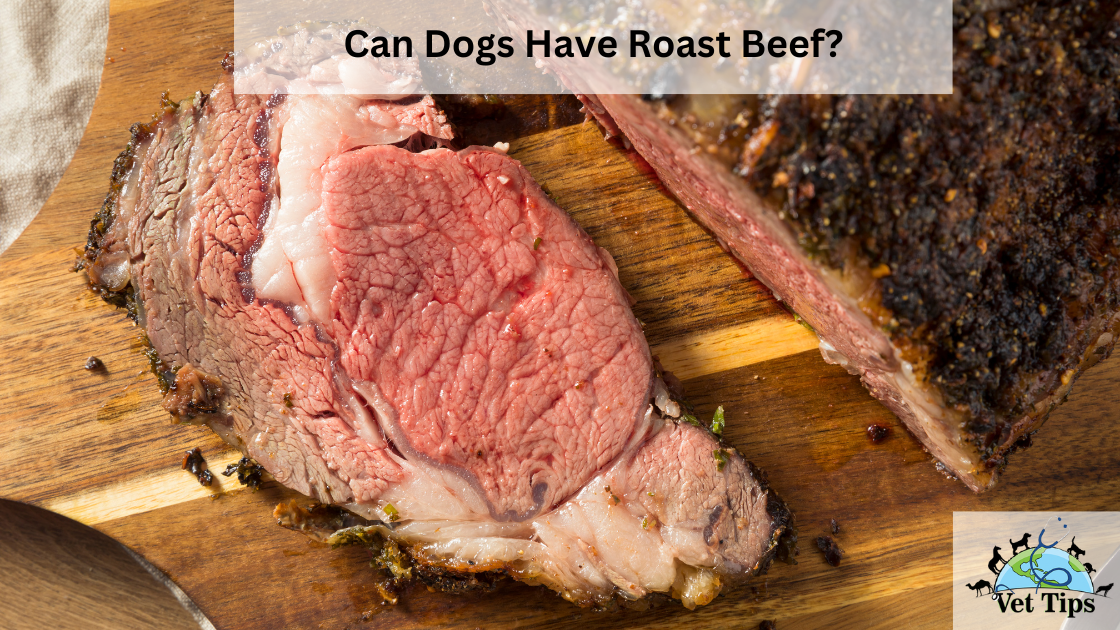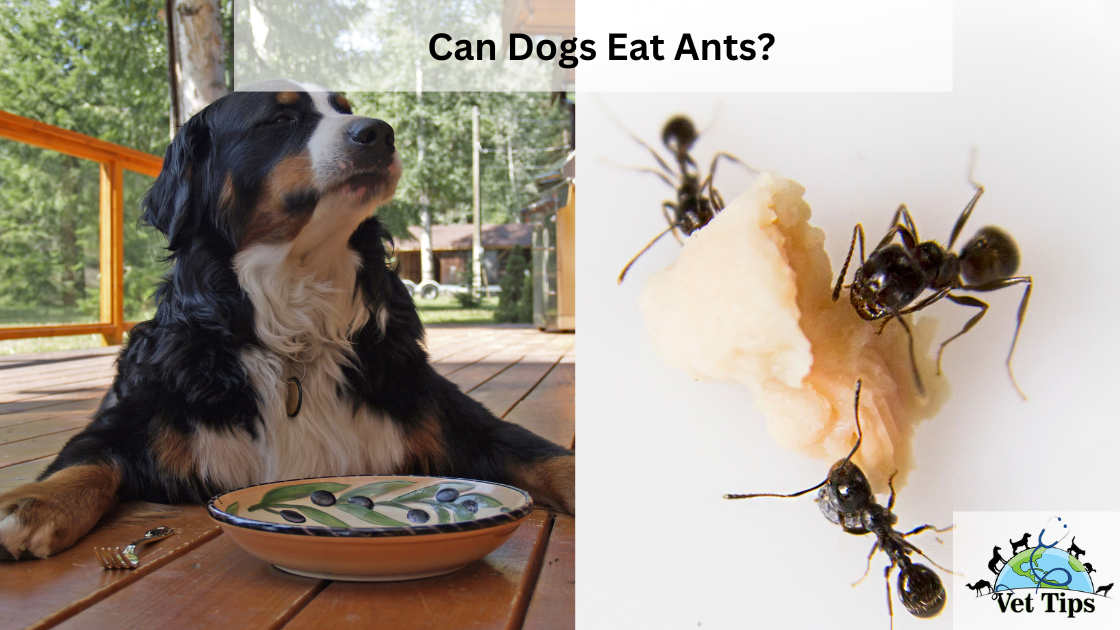“Can dogs eat frosted flakes?” is a question that has been on many pet owners’ minds as they learn more about canine nutrition. Sugar-coated cereal flakes may be a tasty treat for people, but there are a few things to think about when it comes to our animal friends.
Ingredients in Flakes: A Closer Look
Before you wonder if your four-legged friend can eat frosted flakes, let’s take a closer look at these sweet treats. Most frosted flakes have corn, sugar, malt flavors, and high fructose corn syrup in them. People can’t resist the sweet taste and pleasant crunch of frosted flakes, but do these same things make dogs want to eat them?
Can Dogs Eat Cereal Flakes?
Yes, cereal flakes are safe for dogs to eat. They are safe for your pet to eat while training or as a snack if they are not too sweet. It’s normal for dogs to be interested in what we eat, especially when they see us eating brightly colored and crunchy foods. A small bite of normal, unsweetened cereal might not hurt your animal friend, but they shouldn’t eat frosted flakes, which are full of sugar and fake flavors.
Are Cereal Flakes Good for Dogs?
When it comes to a dog’s nutritional needs, cereal flakes don’t quite cut it. Dogs are mostly eaters, so their food needs differ greatly from ours. Protein and other important nutrients that come from animals are very important to their health. Even though a bite of plain rice might not be dangerous right away, it is not a good replacement for a well-balanced dog diet.
Can Dogs Eat Frosted Flakes?
No, Frosted Flakes are not good for your dog. Frosted flakes, which have a sweet layer, could make dogs sick in a number of ways if they eat them. The high amount of sugar can lead to fat, bad teeth, and even diabetes. Also, fake flavorings and additives can upset a dog’s digestive system, which can be painful and even harmful.
What Type of Cereals Can Dogs Eat?
If your dog really wants a cereal crunch, choose something healthy. Plain, unsweetened cereal with few extra ingredients might be a better choice, but cereals should not take the place of their normal meals. Don’t give your dogs anything sweet or that isn’t good for them. Give them plain cereal instead.
Dogs can safely enjoy:
- Plain Cheerios
- Bran Flakes
- Plain Corn Flakes
- Oat Bran
- Plain Rice Krispies
Oatmeal is also a healthy choice for dogs and can be fed to them. Many cereal makers make low-sugar, gluten-free oatmeal for dogs that they will love. You can put honey or peanut butter on top to make it taste better and make it healthier. Also, it has a lot of fiber.

Some cereals might also have chocolate chips, nuts, or dried fruit in them. You shouldn’t feed your dog these foods if that’s the case. Chocolate and dried fruit are bad for dogs because they have a lot of sugar and fat in them. Before giving your dog a new food, you should always talk to a vet first.
Nutritional Benefits of Feeding Cereals to Dogs
Certain wheat grains can give dogs a small amount of extra fiber if they are given in small amounts and under the direction of a vet. Whole grains like oats and rice can help your body break down food and give you a small amount of energy. With the right food, dogs can get important nutrients like:
- Energy
- Protein
- Carbohydrates
- Fiber
5 Dangers of Feeding Cereal to Dogs
Even though the thought of giving your dog a bowl of food in the morning might sound cute, there are some things you should be aware of:
1. Allergic Reaction
Just like people, dogs can get allergic to certain food ingredients, which can cause itching, rashes, and stomach problems.
2. Pancreatitis
Some foods, especially those with sweet frosting on top, are high in fat, which can make a dog’s pancreas inflamed.
3. Xylitol Poisoning
A popular artificial sweetener called xylitol is poisonous to dogs and can be found in sugar-free foods. This is a very serious health risk for dogs.
4. Gastrointestinal Upset
Sugars and chemicals in cereal can upset a dog’s digestive system, causing it to throw up, have diarrhea, and feel sick.
5. Tooth Decay
Sugary grains can speed up the process of tooth loss in dogs, which can lead to painful and expensive dental problems.
How to Feed Cereal to Your Dog?
If you really want to share a bowl of cereal with your pet, here’s how to do it safely:
- Choose plain cereal that has no added sugar, and no fake ingredients.
- Only give your dog a small amount as a treat, not as a meal replacement.
- Watch for any bad behaviors and talk to a vet if you see problems.
How Much Cereal Is Safe for Dogs?
Moderation is the key here. Most dogs can eat a small amount—think of it as a sprinkle, not a handful—once in a while without getting sick. But keep in mind that a dog’s diet should focus on high-quality, nutrient-dense food that meets their unique needs.
FAQs
Can Dogs Eat Cereal Having Sugars?
Even though a little bit of sugary cereal might not hurt your dog right away, it’s best to avoid giving them sweet cereals. Like in people, too much sugar can make dogs fat, give them diabetes, and cause other health problems.
Can Dogs Eat Cereal Every day?
Your dog shouldn’t eat cereal on a daily basis. Even though the odd plain cereal flake might not hurt a dog, they do best on a varied diet full of nutrients and proteins from animal sources. Talk to your doctor to determine what your pet friend should eat.
Can Cereals Replace My Dog’s Diet?
Cereals should never be your dog’s main source of food. To stay healthy, dogs need certain nutrients that can only be found in meat and other animal goods. Cereals don’t have important nutrients that are good for a dog’s health, so if that’s all he eats, he might not get enough nutrients and have health problems.
Tell us in the comments, how you like our article “Can Dogs Eat Frosted Flakes?”
For similar posts like this, click here.
For the source file, click here.








